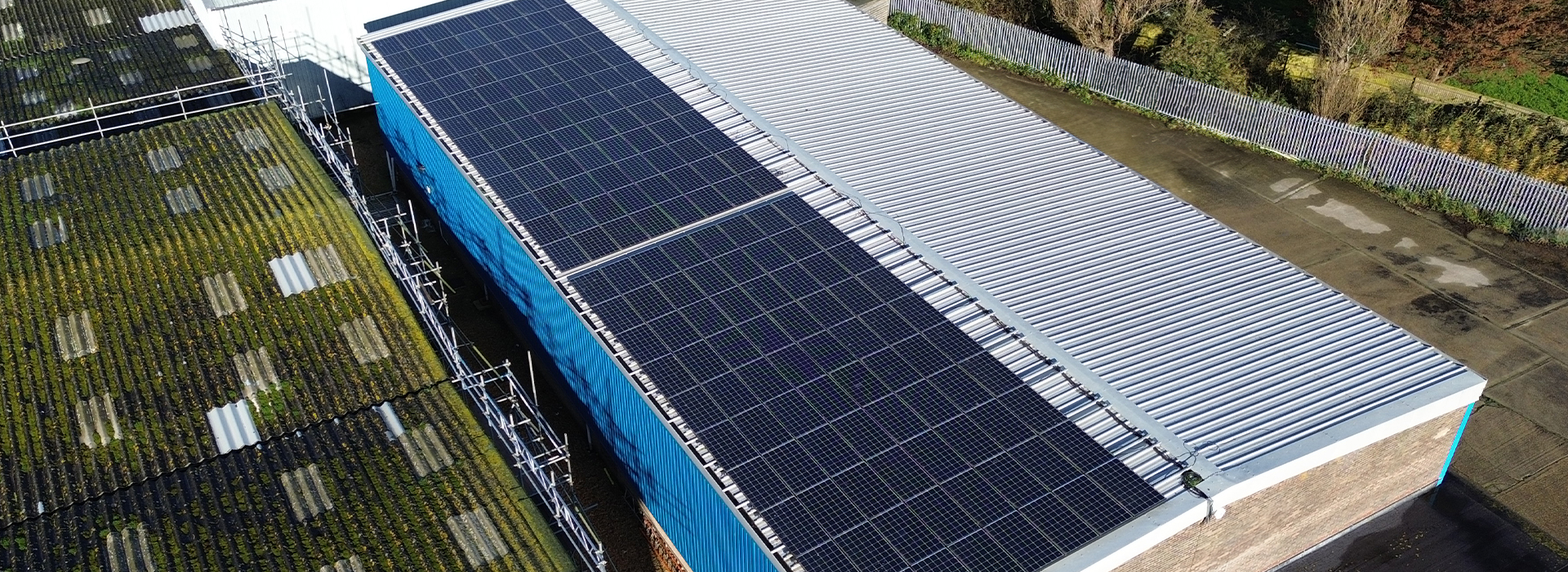Introduction
Working at height is a common aspect of various industries in the United Kingdom, from construction to maintenance and beyond. To protect workers and ensure their safety while operating on horizontal safety lines, it is crucial to adhere to UK laws and British standards. In this blog post, we will delve into why harness training is essential when working on horizontal safety lines in compliance with UK regulations and British standards.
Understanding Horizontal Safety Lines
Horizontal safety lines are an integral part of fall protection systems in the UK, providing a secure means for workers to traverse elevated surfaces horizontally. These lines consist of strong cables or ropes firmly anchored between two or more points, serving as a lifeline to prevent falls. However, their effectiveness relies heavily on the competence of workers and the quality of training they receive.
The Importance of Harness Training
- Compliance with UK Laws and British Standards: In the UK, there are stringent regulations in place to ensure the safety of workers at height. The Work at Height Regulations 2005 and the Health and Safety at Work Act 1974 require employers to provide adequate training to protect employees from falls, including falls while using horizontal safety lines. British standards, such as BS 7883:2019, also outline the requirements for horizontal safety line systems, emphasizing the importance of proper training.
- Harness Fit and Adjustment: Harness training teaches workers how to properly fit and adjust their safety harnesses. A well-fitted harness is crucial to distribute forces evenly in the event of a fall, reducing the risk of injury. Workers must know how to don their harnesses correctly and maintain them to ensure they function as intended.
- Safe Usage of Horizontal Safety Lines: Proper training ensures that workers understand how to connect themselves securely to the horizontal safety line and move safely along it. This knowledge includes using appropriate connectors and anchor points, as well as maintaining the required tension in the line. Effective training enhances workers’ competence, reducing the likelihood of accidents.
- Emergency Response: Harness training equips individuals with the skills to respond swiftly and effectively in emergencies. This includes procedures for self-rescue, how to regain footing if unbalanced, and how to signal for help if necessary. Quick and appropriate responses can be the difference between life and death in critical situations.
- Prevention of Accidents: Accidents at height can have severe consequences, including fatalities. Harness training plays a vital role in reducing accidents by instilling an understanding of potential hazards associated with horizontal safety lines and teaching workers how to minimize risks.
Conclusion
Harness training is not only a legal requirement under UK laws and British standards but also a fundamental element in ensuring the safety of individuals who work at height and operate on horizontal safety lines. Employers in the UK must prioritize comprehensive harness training programs to protect their workers and comply with legal obligations. By investing in training, employers create a safer working environment, mitigate the risk of accidents, and uphold their commitment to the well-being of their employees. In the UK, harness training is not just a best practice; it’s a legal and moral imperative for businesses operating in industries where working at height is commonplace.



